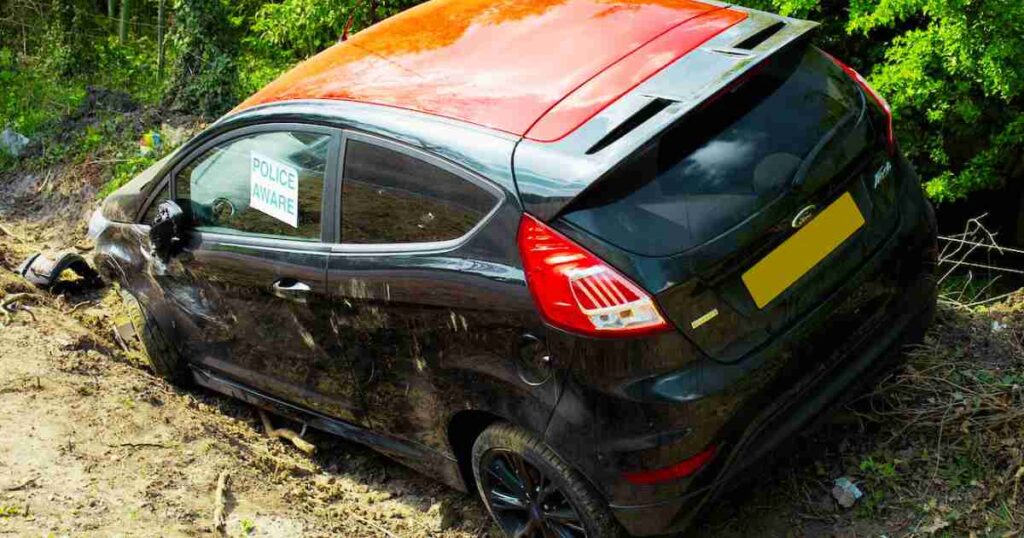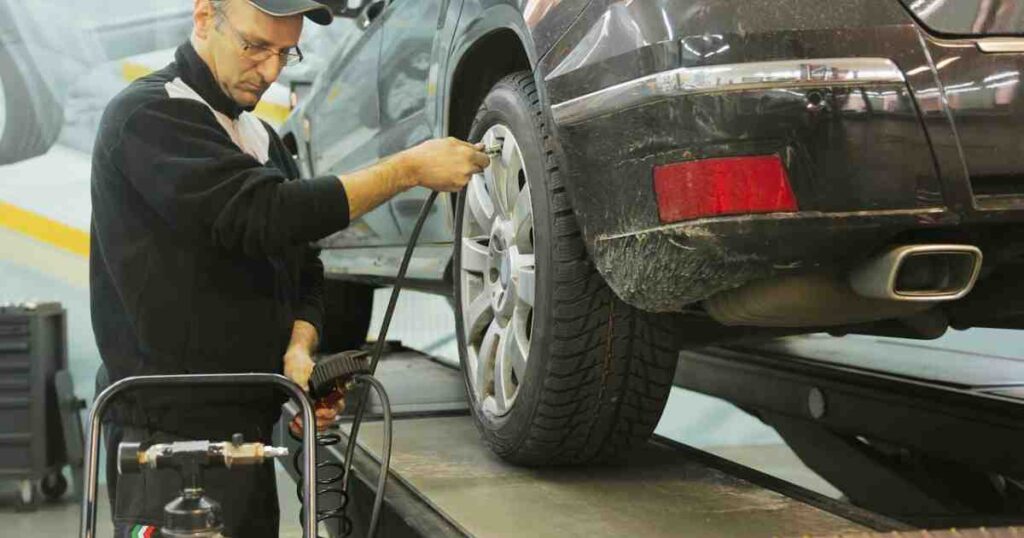Introduction:
Imagine you’re cruising down the highway, the wind in your hair, music blasting, and then suddenly, you hear a loud boom! Your car jolts as the tyre burst. A tyre burst can be a frightening and potentially dangerous situation. Thankfully, by following some essential tips and guidelines, you can significantly reduce the chances of experiencing a tyre burst. In this article, we will explore how to prevent car tyre burst and provide practical steps to avoid them. Let’s dive in and learn how to keep your wheels rolling smoothly and safely.

Understanding the Causes of Tyre Bursts
Before diving into prevention strategies, it’s crucial to understand why tyre bursts happen in the first place. Tyre bursts can occur due to various reasons, including:
1. Inadequate Tyre Pressure:
Tyre pressure is a vital factor in ensuring tyre performance and safety. Maintaining the correct tyre pressure is a fundamental aspect of preventing tyre bursts. Underinflated tyres experience increased flexing, generating heat, which can lead to sudden blowouts. On the other hand, overinflated tyres have reduced grip and are more susceptible to punctures.
2. Overloading or Imbalanced Load Distribution:
Proper load distribution on your vehicle ensures balanced tyre performance that minimizes the risks of a burst. Overloading your vehicle or unevenly distributing weight places excessive strain on the tyres, leading to increased heat generation and the potential for a blowout. Keeping a keen eye on your vehicle’s load capacity and distributing the load evenly across all tyres is crucial for preventing bursts.

3. Age and Wear:
Regular tyre inspections and timely replacements are essential for maintaining optimal tyre condition. As tyres age, their structural integrity weakens, making them more prone to punctures and bursts. Factors such as tread wear, cracks, bulges, and visible signs of damage all indicate the need for immediate attention and, if necessary, replacement.
4. Road Hazards and Debris:
Vigilance while driving and avoiding road hazards is key to preserving your tyres integrity. Sharp objects, potholes, or debris on the road can cause severe damage to your tyres. It is vital to maintain situational awareness and stay alert to road conditions to avoid potential hazards that may lead to tyre bursts.

Preventive Measures to Avoid Tyre Bursts:
A. Maintain Adequate Tyre Pressure:
Keeping your tyres properly inflated is crucial for their overall performance and safety. Here’s what you can do:
- Regularly check your tyre pressure using a reliable pressure gauge.
- Refer to the manufacturer’s recommendations for the optimal tyre pressure levels.
- Inflate or deflate your tyres accordingly to achieve the recommended pressure.
- Inspect your tyres for leaks, cracks, or any signs of damage that may affect tyre pressure.
B. Proper Load Distribution:
Ensuring the load on your vehicle is distributed evenly prevents excessive strain on individual tyres. Consider these recommendations:
- Consult your vehicle’s manual to determine the maximum load capacity.
- Distribute the load evenly between all tyres and avoid overloading.
- Use additional load-bearing devices, like roof racks or trailers, when necessary.
- Regularly check the load distribution and adjust as needed.
C. Regular Tyre Inspections:
Conducting regular inspections helps identify potential issues before they turn into emergencies. Here’s what to include in your inspection routine:
- Check the tread depth regularly. Replace tyres when reaching the minimum legal limit.
- Do wheel alignment and wheel balancing of your car tyres regularly.
- Look for any signs of wear, bulges, or visible damage on the sidewalls. If you notice any of these then go for new tyres, and never buy used or refurbished tyres.
- Inspect tyres for embedded objects, like nails or sharp debris, and remove them carefully.
- Pay attention to any unusual vibrations, noises, or handling changes while driving.
D. Defensive Driving and Road Awareness:
Staying alert and practicing defensive driving goes a long way in preventing tyre bursts. Consider these precautions:
- Avoid erratic maneuvers or sudden braking that could strain your tyres.
- Keep a safe distance from vehicles ahead to reduce the risk of collisions or running over debris.
- Stay vigilant for road hazards, potholes, or sharp objects and safely maneuver around them.
- Maintain an appropriate speed suitable for road conditions, taking into account weather and visibility.

Conclusion:
Preventing car tyre bursts begins with understanding the causes behind them. By maintaining the correct tyre pressure, ensuring proper load distribution, conducting regular inspections, and practicing defensive driving, you can significantly reduce the occurrence of this dangerous situation. Remember, safety should never be compromised, so keep those wheels rolling smoothly by implementing these preventive measures. Stay vigilant, be proactive, and enjoy safer journeys every time you hit the road.
“Proactive care and regular inspections are the keys to extending the life of your tyres and avoiding potentially hazardous situations.”
Also read: Enhancing Driving Pleasure: The Rise of DSG Gearbox Cars in India


Very nice article and straight to the point. I am not sure if this is actually the best place to ask but do you folks have any ideea where to
employ some professional writers? Thank you
🙂 Lista escape room
Share this post as much as possible